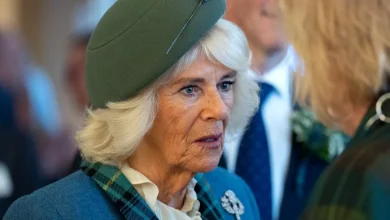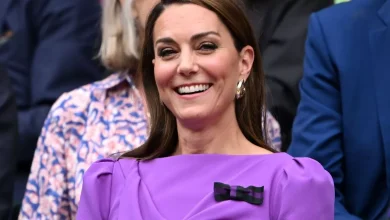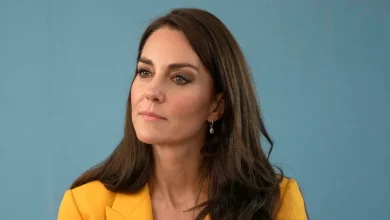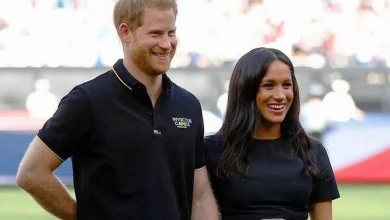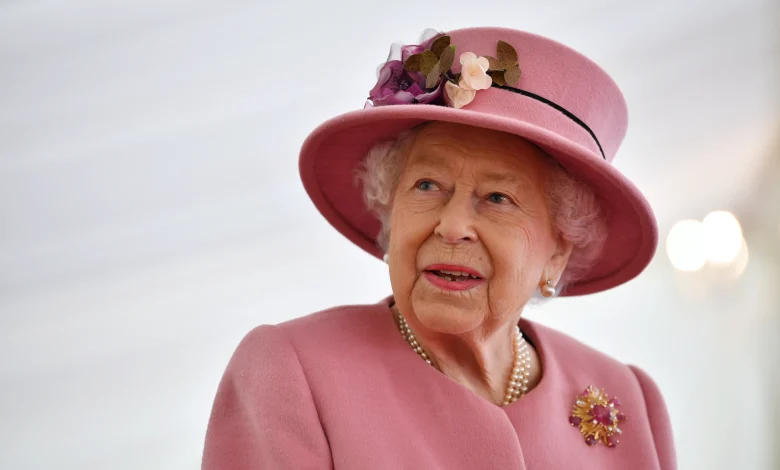
The Queen’s adorable nickname for a diamond brooch valued at over £50 million and its current owner.
The most valuable brooch in the world was a stunning gift from her grandmother and the rare diamonds have a fascinating history having formed before life appeared on planet Earth, more than a billion years ago.
The phrase ‘Granny’s Chips’ is likely to bring up warm thoughts about our beloved nannies frying potatoes for a comforting dinner, but for the Royal Family it has a far greater significance.
There’s no hot oil or mouth-watering smell involved as the phrase is the cute way Her Majesty referred to one of her most prized possessions – a stunning diamond brooch that’s considered to be the world’s most valuable. The late Queen was gifted the diamonds by her grandmother, Queen Mary, and only wore the brooch a handful of times throughout her 70-year reign. These incredibly precious jewels have a momentous place in history – and a huge value, having been passed down from generation to generation of kings and queens.
Jewellers have estimated that the dazzling accessory – made up of two enormous diamonds, the Cullinan III and the Cullinan IV, which, when worn together form a brooch, known fondly by the late Queen as ‘Granny’s Chips’ – is worth more than £50 million – making it the most valuable in the world. The precious stones also have a fascinating history, with scientists estimating they were formed more than one billion years ago between 250-400 miles below the earth’s surface, before there was any life on the planet.
These two diamonds, as well as many other jewels in the late Queen’s collection, were cut from the one-of-a-kind Cullinan, an even larger diamond which weighed in at an incredible 3106 carats (or 621.35 grams). The Cullinan III and Cullinan IV, on the brooch, weigh 94.4 and 63.6 carats, respectively. The Cullinan – the largest gem-quality rough diamond ever found – bears the name of the founder of the South African mine in which it was discovered in 1905 and now forms the centrepiece of the Crown Jewels. It was presented to King Edward VII as a symbolic gesture to help mend relations between Britain and South Africa after the Boer War.
The diamonds are considered to have the best characteristics desired in rough stones, clarity and clear white colour. Owing to their nature, there are many legends connected to the Cullinan, only adding to its wondrous charm. One rumour is that the huge diamond was sent to England in an ordinary parcel, while a heavily guarded replica acted as a decoy on a steamboat, while another, well-sourced suggestion is that the man assigned the delicate job of cutting the diamond, Joseph Asscher, fainted when he first cleaved it.
He reportedly tried to cut the diamond a few days earlier, but it was so hard that it broke his specialist tools. It took 18 months for three experts working 14-hour days to cut and polish the nine large stones the Cullinan was transformed into, and each individual gem was given a Roman numeral ranging from I to IX. King Edward VII gifted the Cullinan III and Cullinan IV diamonds to the Asscher brothers after they cut the original stone. After South Africa purchased them back, the country gifted the gems to Queen Mary, and the jewels have been handed down royal generations ever since. Away from their incredible history and eye-watering worth, the jewels held sentimental meaning for the late monarch, as they were a gift from her grandmother.
